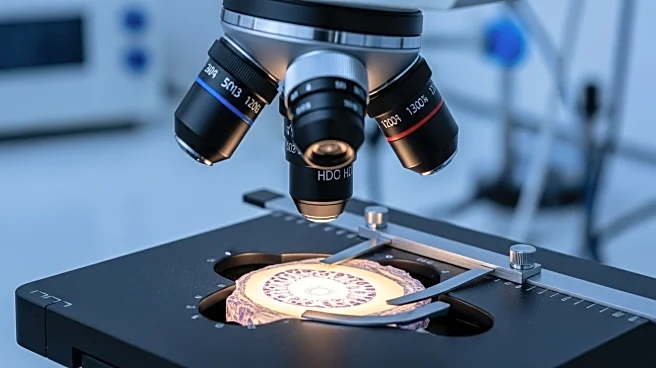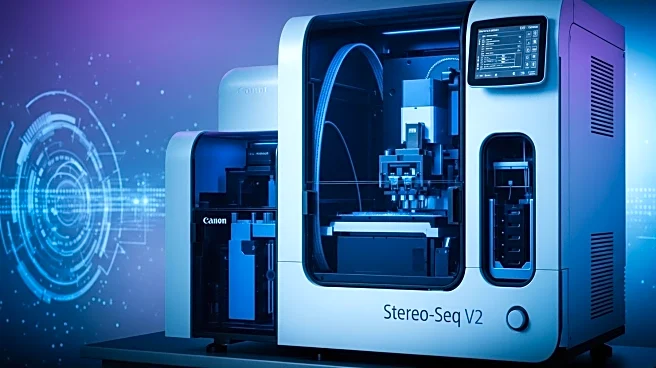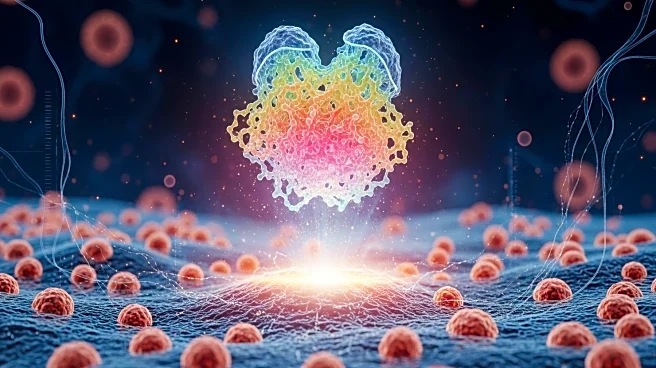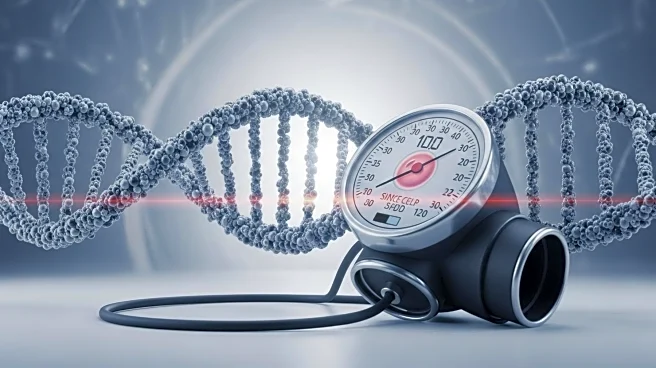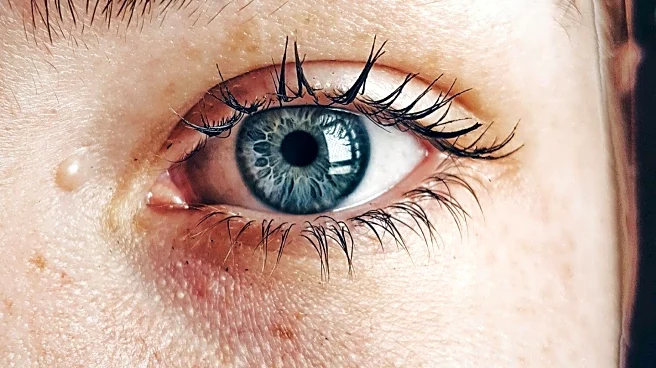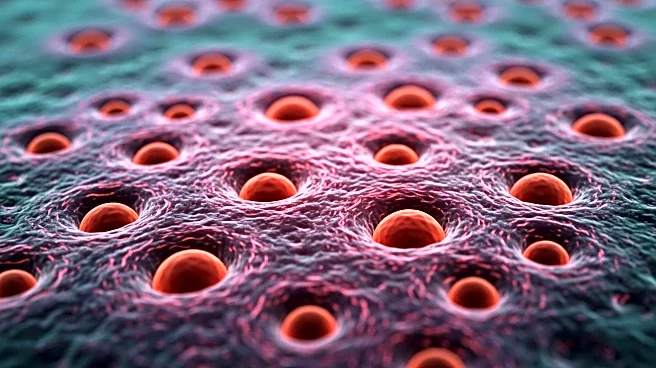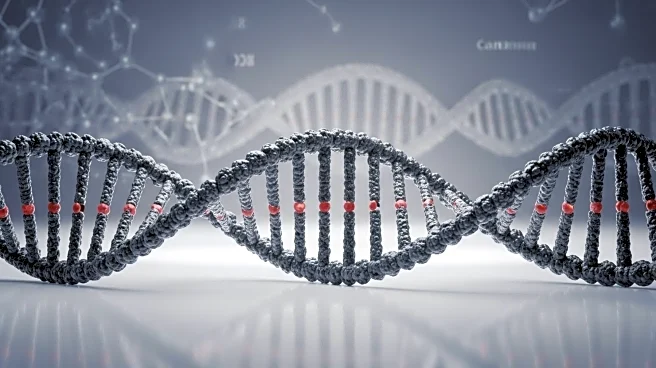What's Happening?
BGI-Research has published a new spatial transcriptomics method, Stereo-seq V2, which offers high-resolution, single-cell level analysis of formalin-fixed, paraffin-embedded (FFPE) tissue samples. This advancement allows for simultaneous in situ profiling of host and microbial RNAs, overcoming previous limitations due to RNA degradation and crosslinking in FFPE samples. The method combines deparaffinization/decrosslinking with random-primed capture and uniform gene-body coverage, opening new possibilities for research in infectious disease biology, tumor ecosystems, and clinical applications.
Why It's Important?
Stereo-seq V2 represents a significant breakthrough in clinical research, enabling detailed transcriptome mapping in FFPE samples, which are widely used in medical practice. This technology could revolutionize the understanding of complex biological interactions within tissues, providing insights into disease mechanisms and potential therapeutic targets. The ability to profile both host and microbial RNAs in situ enhances the study of infectious diseases and cancer, potentially leading to more effective treatments and diagnostic tools.
What's Next?
The introduction of Stereo-seq V2 is likely to spur further research and development in spatial transcriptomics, with potential applications in personalized medicine and precision oncology. Researchers and clinicians may begin integrating this technology into their studies, exploring its capabilities in various medical fields. As the method gains traction, it could lead to collaborations between research institutions and healthcare providers, aiming to translate these findings into clinical practice.


